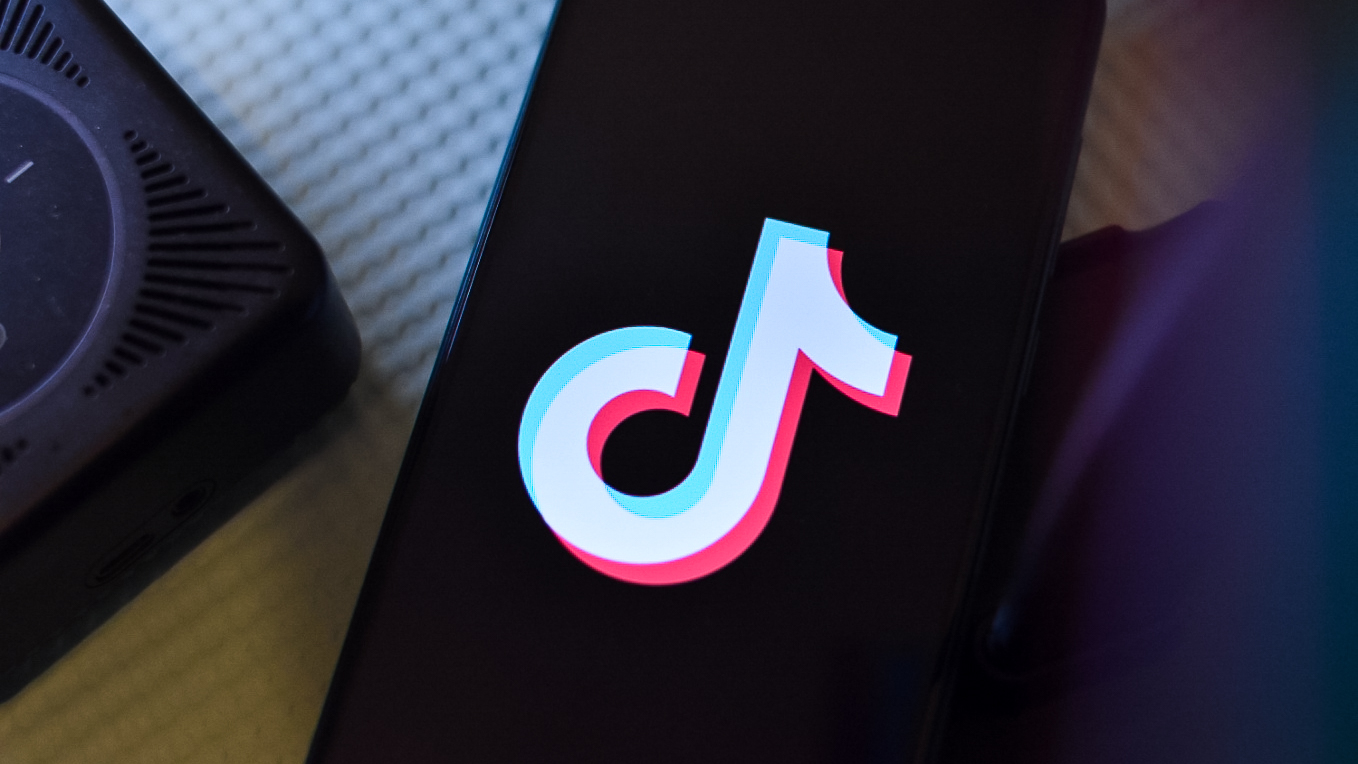Google Pixel 8 vs Google Pixel 7: Which should you buy?
The Pixel 8 has plenty of upgrades on offer, and it is better-suited for one-handed use.
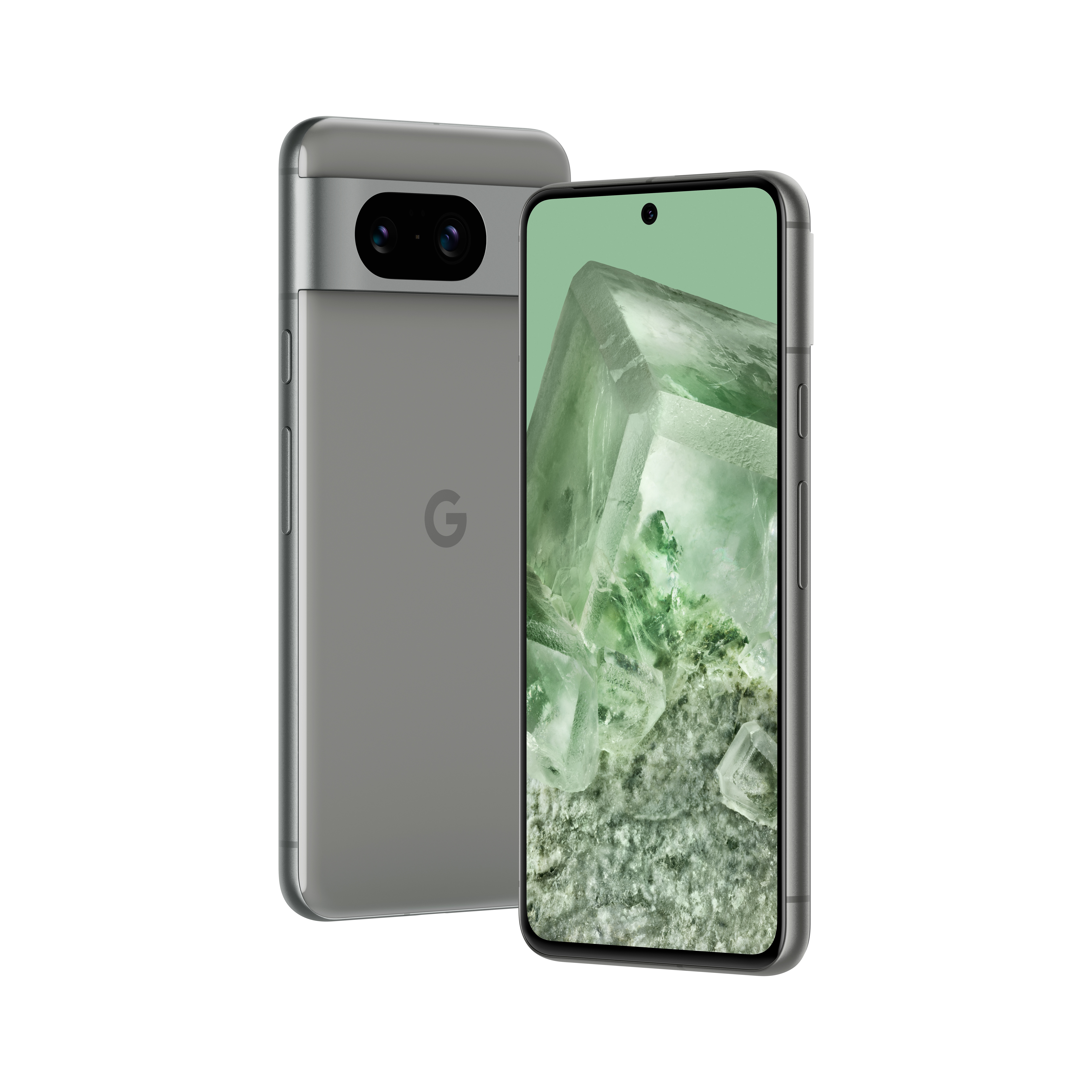
Timely upgrades
The Pixel 8 has a slew of upgrades that give it a distinct edge over its predecessor. The phone is smaller and lighter, making it easier to hold and use. You get a smoother 120Hz OLED panel that now gets significantly brighter, faster hardware that's ideal for gaming, and a larger battery that should last all day. The biggest talking point is the software updates; the Pixel 8 will deliver seven years of software updates, putting it in a league of its own — even the iPhone doesn't come close. The downside is that it's $100 costlier than last year, and you still don't get a charger in the box.
Pros
- Upgraded 120Hz OLED screen
- Faster Tensor G3 hardware
- Plenty of new AI features
- Outstanding cameras
- Seven years of software updates
- Smaller and lighter
Cons
- Costlier than last year
- No charger in the box
- Limited global availability
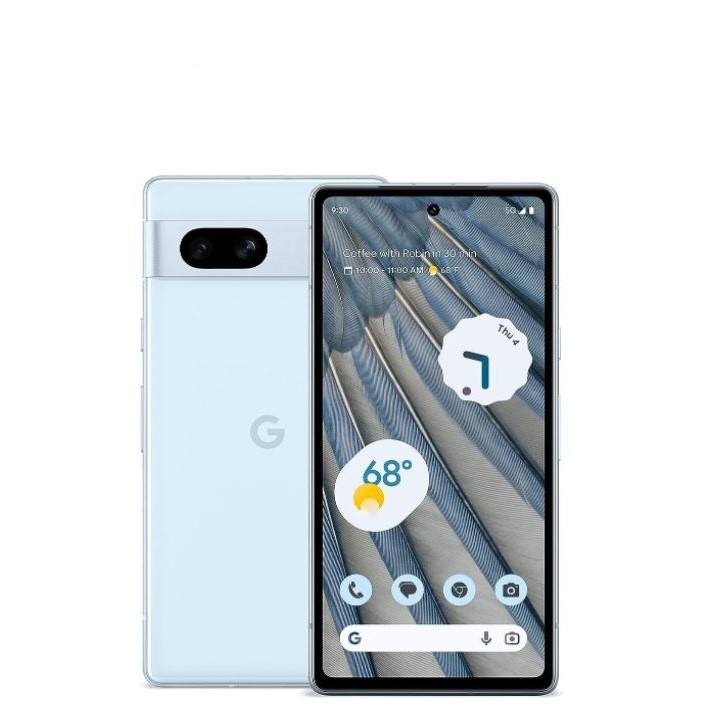
Still going strong
The Pixel 7 has aged well, and it continues to be a good choice following the launch of the Pixel 8. Sure, it may not be as fast, and you miss out on the 120Hz screen, but the phone manages to nail the basics, and you're getting fabulous cameras here as well. That said, the biggest differentiator is the software updates; the Pixel 8 will get more than double the number of updates, and that just makes it a much better long-term option. If you can snag a Pixel 7 on a deal, it makes sense to pick it up over the Pixel 8; otherwise, you should just get Google's latest phone.
Pros
- Gorgeous design
- Plenty fast in daily use
- Stellar cameras
- Good battery life
- Better value
Cons
- No 120Hz screen
- No charger in the box
- Limited global availability
- Won't get as many software updates as Pixel 8
Google Pixel 8 vs Google Pixel 7: Design and screen
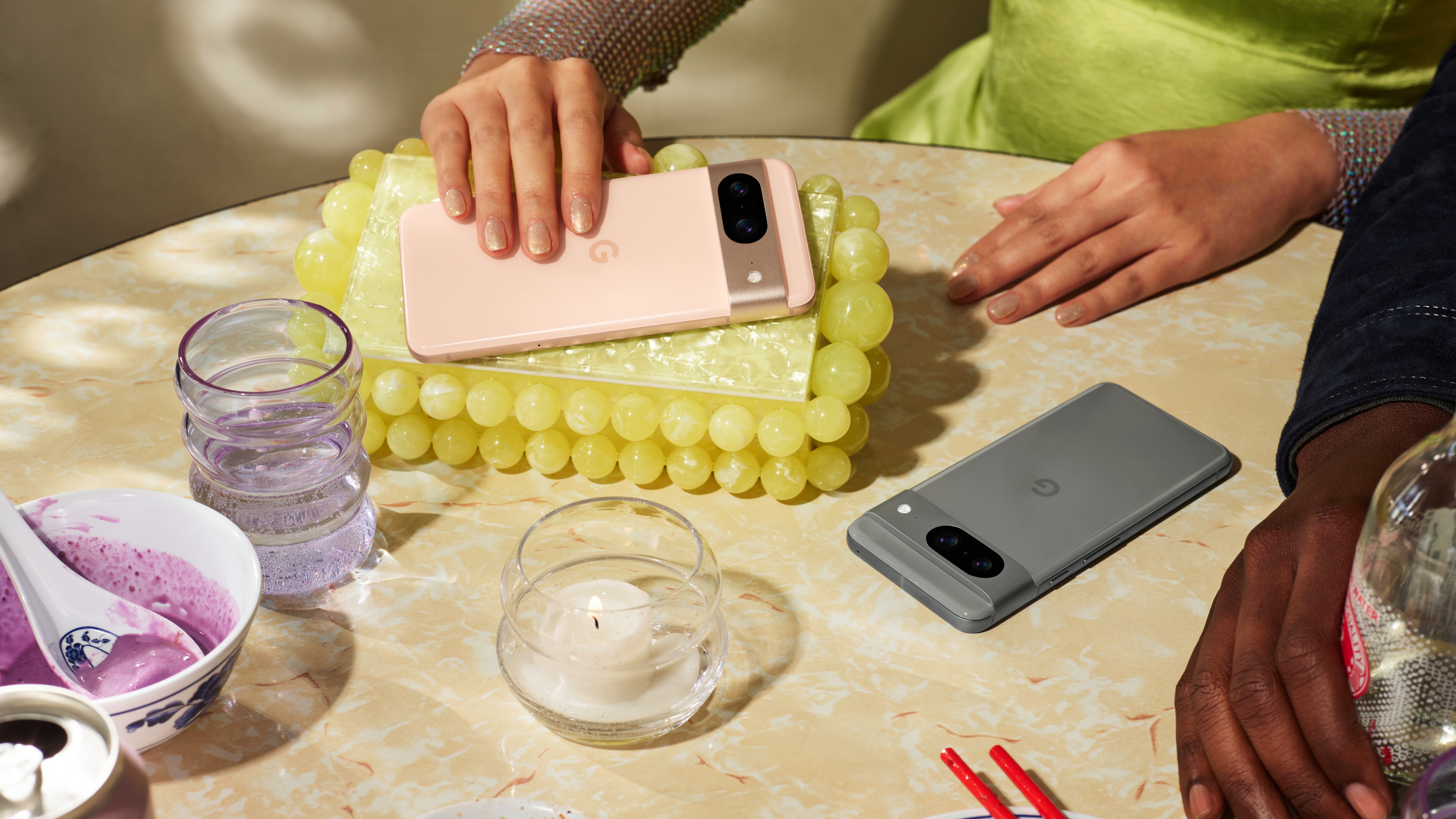
Google hasn't changed much on the design side of things, and that's a good move. I like the overall aesthetic of the Pixel 7, and the camera bar at the back that runs the width of the phone gives it a distinct look. You get the same pill-sized camera housing that includes the dual rear cameras, and the aluminum camera bar contrasts nicely with the design.
The Pixel 8 uses the same Gorilla Glass Victus protection at the front and back, so the phone should be just as resilient. And like the Pixel 7, the Pixel 8 gets IP68 dust and water resistance, so you can use it at the pool or in the bathtub without any issues. The buttons and ports are in the same location, and you get the usual SIM card slot along with the option of using an eSIM.
What I particularly like is the matte texture on the sides, and this makes the Pixel 8 a little easier to hold. The Pixel 7 has a similar matte coating, but the texture is different on the Pixel 8. On that note, Google is using a smaller 6.2-inch screen on the Pixel 8, and that makes the device ideally suited for one-handed use.
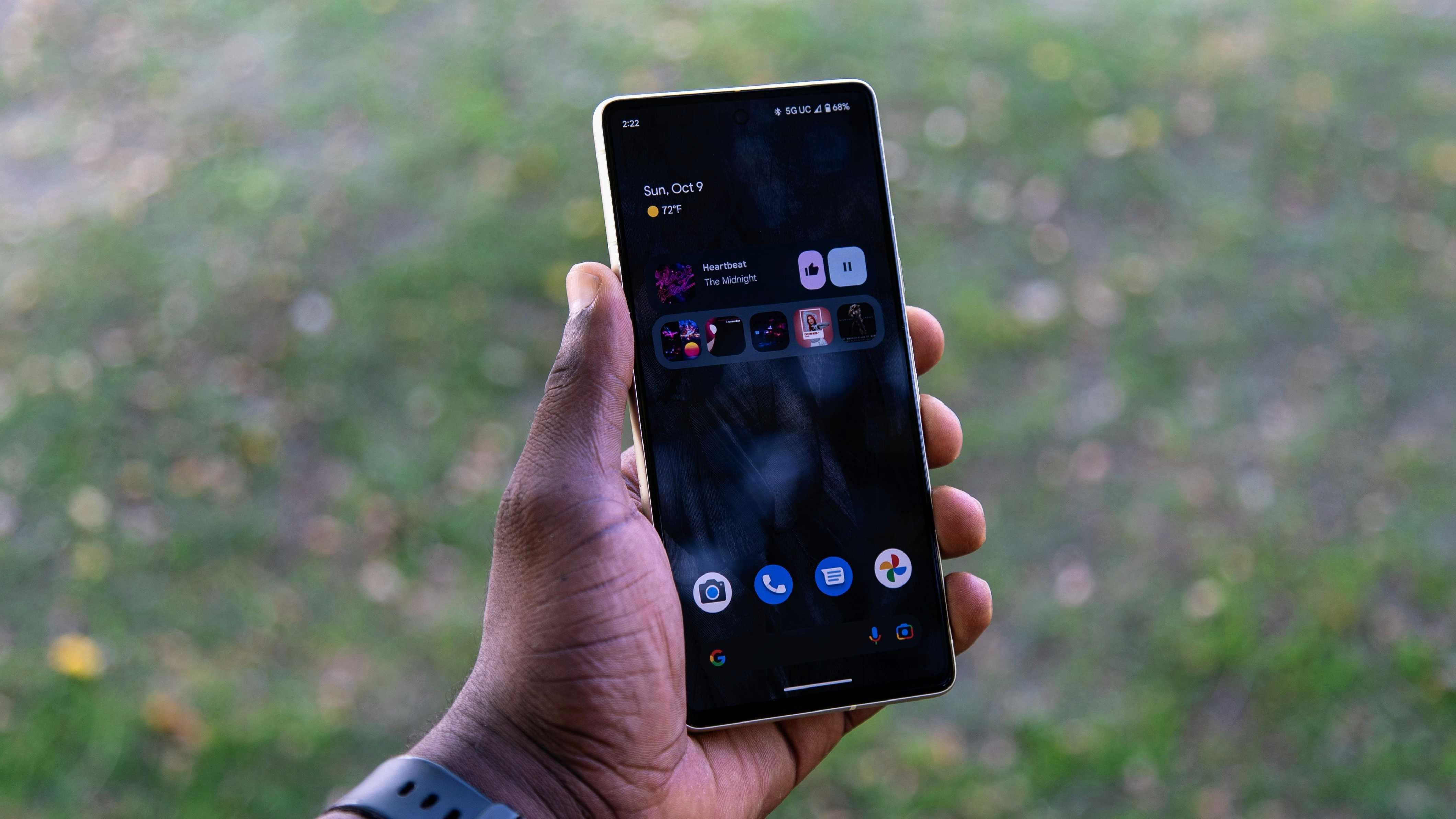
The Pixel 8 is noticeably shorter and narrower than its predecessor, and coming in at 187g, it is 10g lighter as well. The Zenfone 10 and Galaxy S23 are even better for one-handed use, but if you prefer smaller devices, you may want to take a look at what Google's offering this year.
Another change is the screen itself — the Pixel 8 now offers 120Hz refresh as standard. I always felt that it was an arbitrary limitation by Google to limit the Pixel 7 to 90Hz when the rest of the field offered 120Hz panels, and I'm glad to see this remedied on the Pixel 8. There isn't LTPO tech here, but you can switch between 60Hz and 120Hz.
Google's calling the screen an Actua display (I don't get the naming either), and it now goes up to 2000 nits, putting it on par with the best Android phones. By contrast, the Pixel 7 is able to hit 1400 nits, and while that's more than adequate, the Pixel 8 is able to get brighter in short bursts, and that should make it a terrific option while streaming HDR content.
Google Pixel 8 vs Google Pixel 7: Hardware
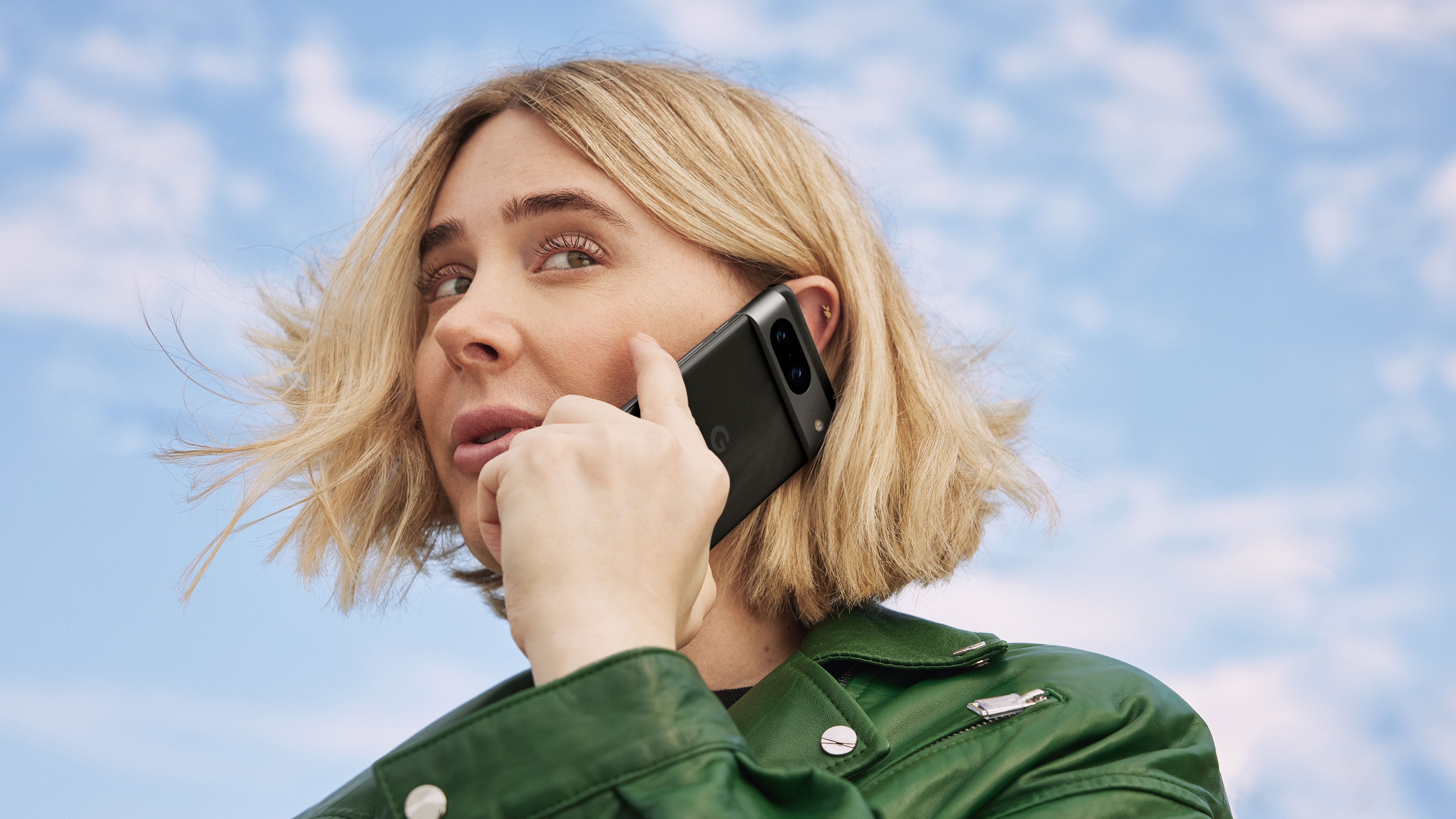
We're already in the third generation of Google's custom Tensor hardware, and the Pixel 8 gets a slew of upgrades in this area. The Tensor G3 features the latest Cortex X3, A715, and A510 cores, and this gives it a distinct edge over its predecessor. While the Tensor G2 held its own for the most part, it missed out on the latest Arm cores, and struggled while playing visually intensive games.
Get the latest news from Android Central, your trusted companion in the world of Android
The upgrades on offer with the G3 should mitigate those problems, and as for gaming, Google is using Arm's flagship Immortalis-G715s GPU with ten cores, giving the Pixel 8 a huge advantage over the Mali-G710 that was a mainstay on the Pixel 7. I'll share real-world testing notes once I get started with the Pixel 8, but Google is definitely taking the right direction here.
| Category | Google Pixel 8 | Google Pixel 7 |
|---|---|---|
| OS | Android 14 | Android 14 |
| Display | 6.2-inch Actua display, 120Hz AMOLED (2400x1080), HDR10+, 2000 nits, Gorilla Glass Victus | 6.3-inch 90Hz AMOLED (2400x1080), HDR10+, 1400 nits, Gorilla Glass Victus |
| Chipset | Google Tensor G3, Titan M2 security module | Google Tensor G2, 2 x 2.85GHz Cortex X1, 2 x 2.35GHz Cortex A76, 4 x 1.80GHz Cortex A55, Mali-G710, 4nm |
| RAM | 8GB LPDDR5X | 8GB LPDDR5X |
| Storage | 128GB/256GB UFS 3.1 | 128GB/256GB UFS 3.1 |
| Rear camera 1 | 50MP f/1.68, 1.2um pixels, PDAF, OIS, 4K at 60fps | 50MP f/1.9, 1.2um pixels, PDAF, OIS, 4K at 60fps |
| Rear camera 2 | 12MP f/2.2, 1.25um pixels, 125-degree wide-angle | 12MP f/2.2, 1.25um pixels, 114-degree wide-angle |
| Front camera | 10.5MP f/2.2, 1.22um pixels, wide-angle | 10.8MP f/2.2, 1.22um pixels, wide-angle |
| Connectivity (US, CA, UK, AU) | Wi-Fi 7, Sub-6 5G (mmWave in US), Bluetooth 5.3, NFC, AptX HD, USB-C 3.2 | Wi-Fi 6E, Sub-6 5G, Bluetooth 5.2, NFC, AptX HD |
| Connectivity (TW, SG, IN) | Wi-Fi 6, Sub-6 5G, Bluetooth 5.3, NFC, AptX HD, USB-C 3.2 | Wi-Fi 6E, Sub-6 5G, Bluetooth 5.2, NFC, AptX HD |
| Ingress Protection | IP68 dust and water resistance | IP68 dust and water resistance |
| Security | In-screen fingerprint module | In-screen fingerprint module |
| Audio | Stereo sound, USB-C | Stereo sound, USB-C |
| Battery | 4575mAh, 30W wired charging, 20W wireless charging, 5W reverse wireless charging | 4355mAh, 30W wired charging, 20W wireless charging, 5W reverse wireless charging |
| Dimensions | 150.5 x 70.8 x 8.9mm, 187g | 155.6 x 73.2 x 8.7mm, 197g |
| Colors | Obsidian, Hazel, Rose | Lemongrass, Obsidian, Snow |
On that subject, AI is a core tenet of Google's phone ambitions, and the Tensor G3 is touted with 10x gains in AI-related tasks over the Tensor G1. Google's putting that to good use by rolling out an extensive suite of AI utilities on the Pixel 8, including camera features and nifty software additions that are exclusive to the latest generation.
One of these features is an Audio Magic Eraser tool that lets you cut out distractions from videos. You can isolate all the audio channels into individual layers, and if there are any traffic or wind noises, just delete those sections.
Of course, for every bold new AI feature introduced on the device, Google needs to make a totally arbitrary decision elsewhere. This time, that involves the Wi-Fi modem: the Pixel 8 gets a Wi-Fi 7 modem in the U.S. and most other global markets, but in India and other Asian countries, the phone defaults to Wi-Fi 6.
As for the battery, you get a marginally larger 4575mAh battery on the Pixel 8, and combined with the hardware changes, the phone should last a little longer than the Pixel 7. Charging is unchanged, and you get the same 30W wired charging and 20W wireless. Google doesn't bundle a charger in the box, so you'll need to buy one if you want to buy either device.
Google Pixel 8 vs Google Pixel 7: Cameras
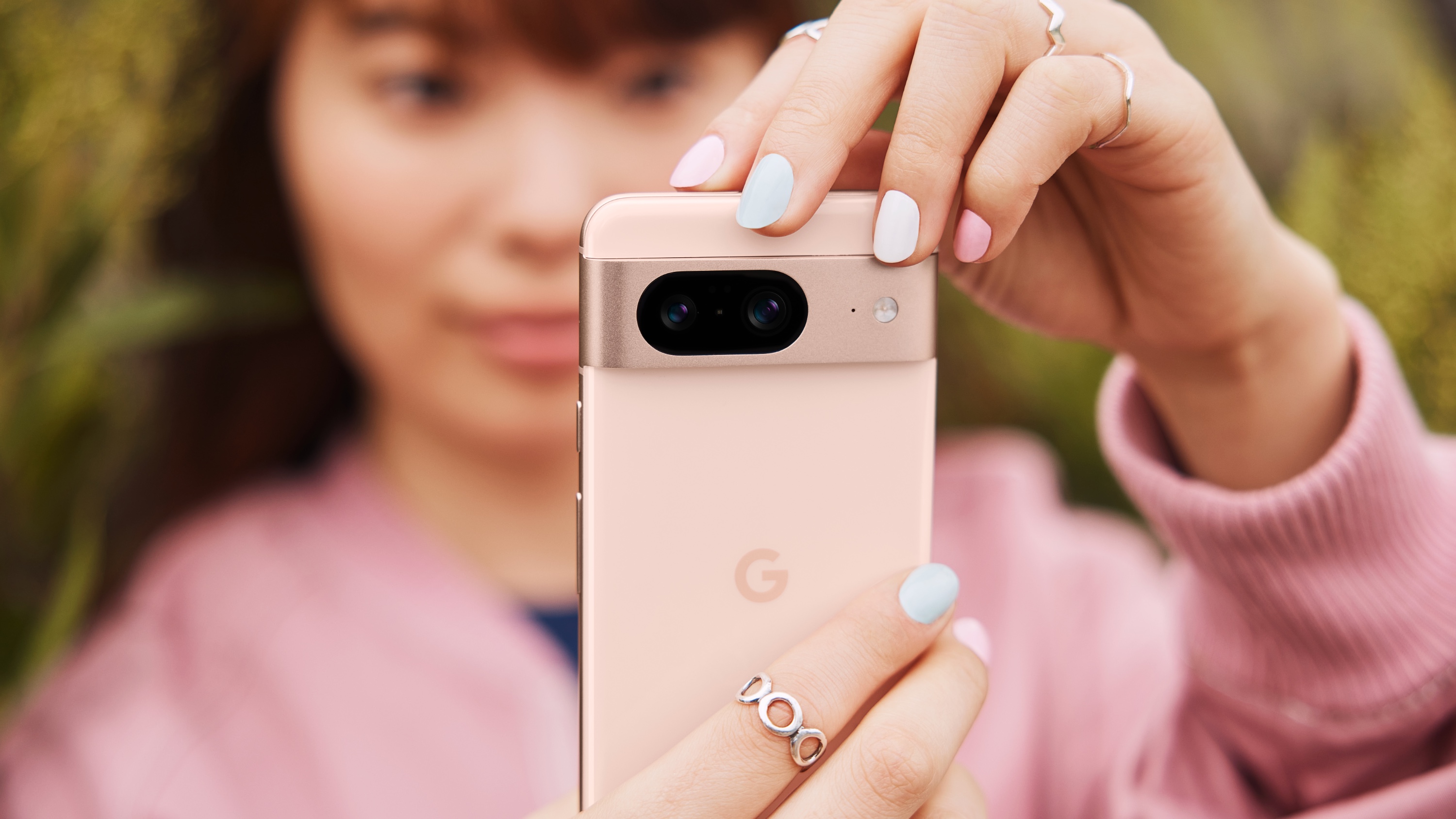
As with every new year, Google is rolling out a slew of upgrades to the cameras. The Pixel 8 has a new 50MP main camera with f/1.68 lens that can take 2x shots at "optical" quality — just like the iPhone 15 Pro. The phone uses a 12MP camera like last year, but it has a wider 125.5 degrees field of view, and you get autofocus.
You still don't get a zoom lens on the Pixel 8 — that's limited to the Pixel 8 Pro — and while the sensor resolution is the same as last year, the hardware has changed quite a bit. Photo Unblur was a major addition last year, and it is present in the Pixel 8 series, alongside Ultra HDR, Magic Editor, Best Take, and a whole lot more.
Google is heavily relying on AI to make the cameras on the Pixel 8 stand out against its predecessor. With the Pixel 7 already offering one of the best cameras in its class, it will be interesting to see how the Pixel 8 manages to hold up in real-world testing. I'll share images and additional notes shortly, so if you're interested in knowing more about the cameras, check back later.
Google Pixel 8 vs Google Pixel 7: Software
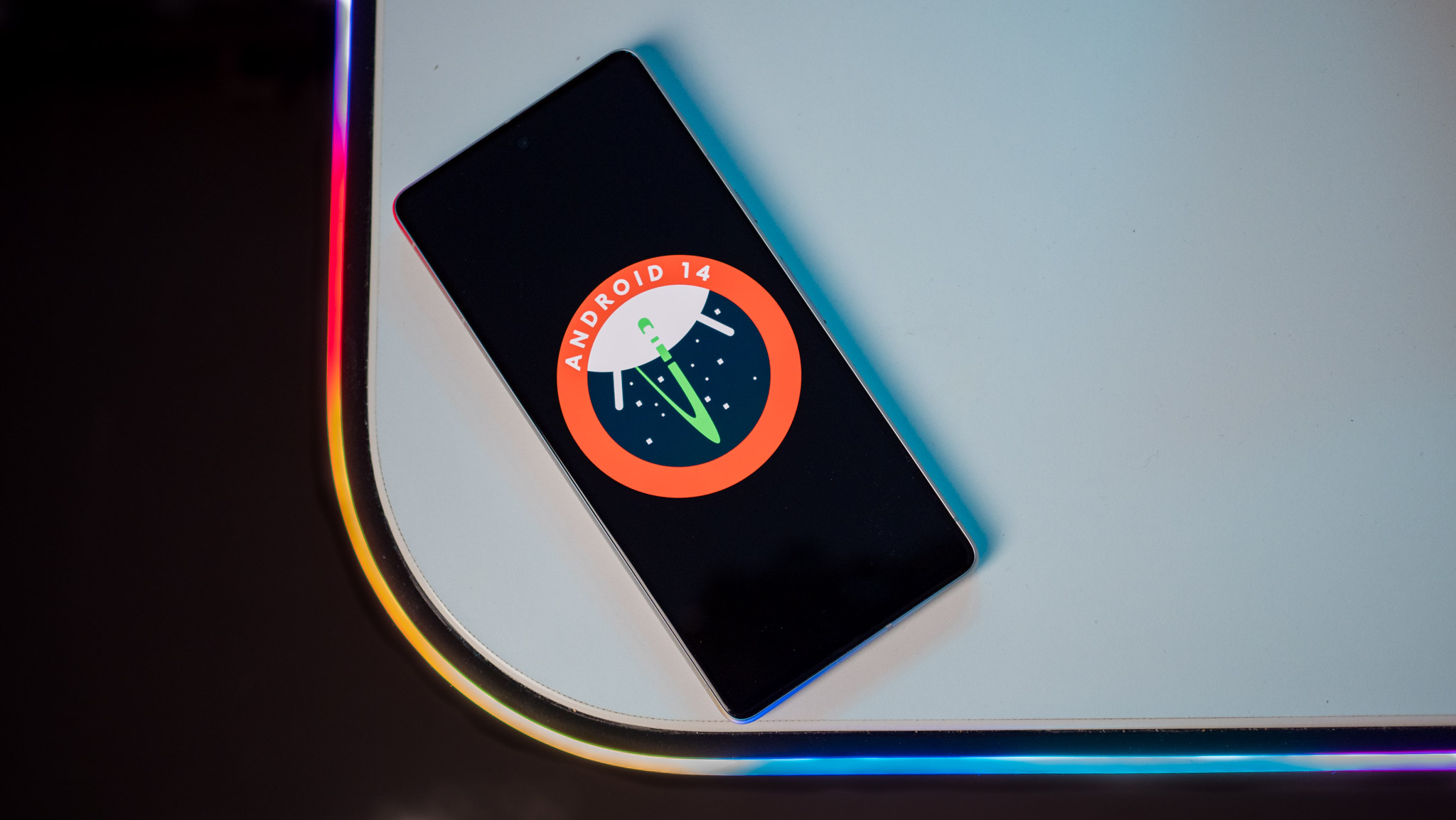
The Pixel 8 runs Android 14 out of the box, and you get the usual slate of Google features that are exclusive to its devices. What's interesting this time is that Google is rolling out a lot of AI-backed features that leverage the Tensor G3, making them exclusive to the Pixel 8 series. Most of these revolve around the camera, but there are useful additions scattered throughout the interface.
And then there's the software update guarantee. The Pixel 8 will get seven years of software updates — including version updates, security updates, and Feature Drops — and that puts it on another level entirely when seen against other Pixels, the best Android phones, and the iPhone.
The Pixel 7, meanwhile, will get three platform updates, and while that's one less than what you get with most major brands today, you get updates ahead of every other phone.
Google Pixel 8 vs Google Pixel 7: Which should you buy?
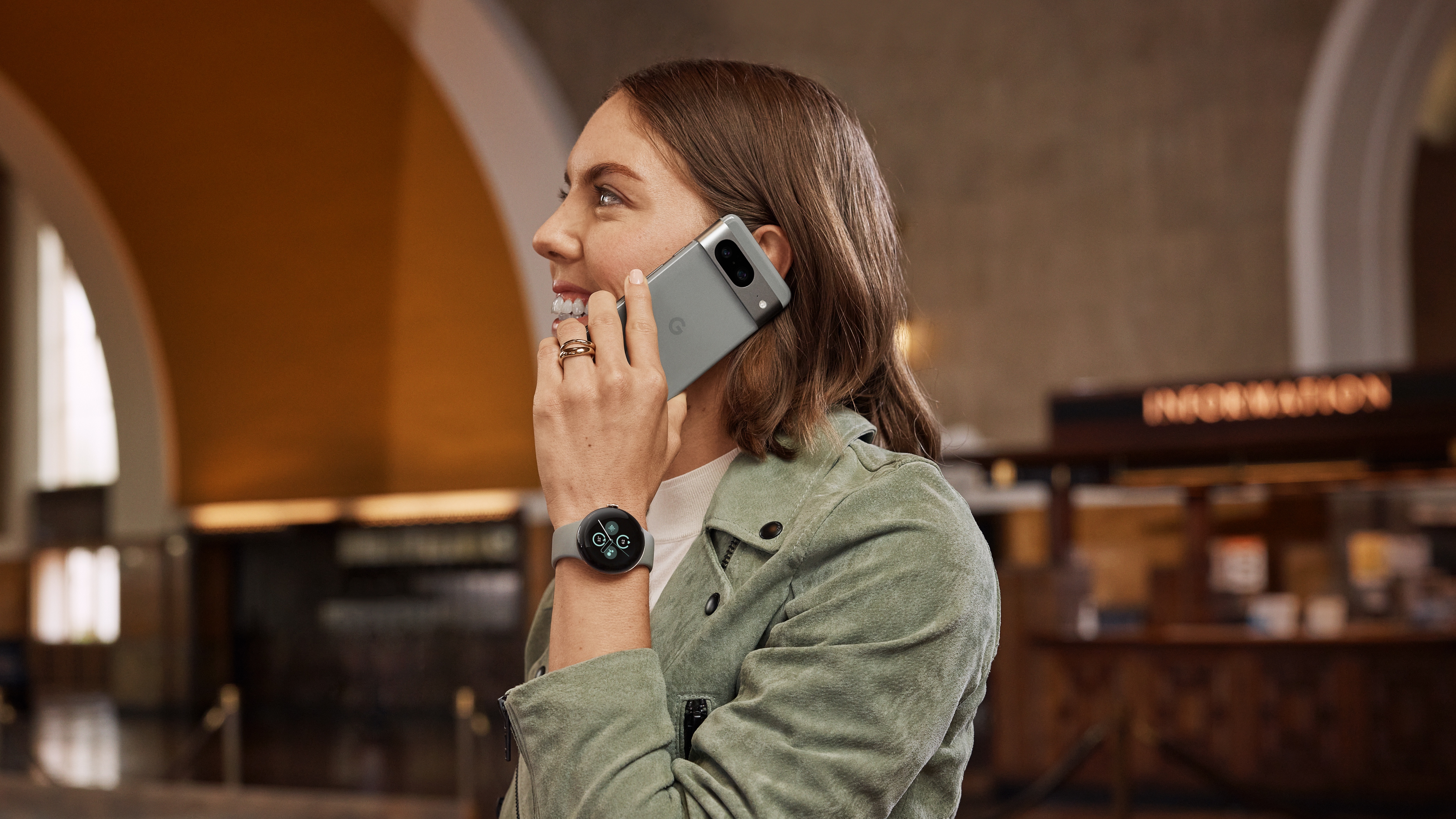
The Pixel 8 starts off at $699, $100 more than the Pixel 7. However, just the fact that you get seven years of software updates makes it a highly enticing option, and you get a faster 120Hz screen, upgraded hardware with a boatload of AI features, new cameras, and a slightly larger battery.
Google is also rolling out exciting pre-order bonuses where it's bundling the Pixel Buds Pro with every Pixel 8 purchase, so that should offset the increase in price. The Pixel 7 continues to be a brilliant phone, and if you can get it on a good deal, you should consider it. But if you want a phone that has all the latest Google software features and upgraded cameras, you should get the Pixel 8. Like I said above, the seven-year update cycle makes it worth the slender premium.

The Pixel 8 has tangible upgrades across the board. It has faster hardware, a smoother screen that gets significantly brighter, upgraded cameras, and a larger battery. Oh, and it will get more software updates than any other phone.

Still going strong
The Pixel 7 is still a good option to consider, provided you can get it on a deal. You miss out on some of the extras that are available on the Pixel 8, and it will only get three platform updates.

Harish Jonnalagadda is Android Central's Senior Editor overseeing mobile coverage. In his current role, he leads the site's coverage of Chinese phone brands, networking products, and AV gear. He has been testing phones for over a decade, and has extensive experience in mobile hardware and the global semiconductor industry. Contact him on Twitter at @chunkynerd.
